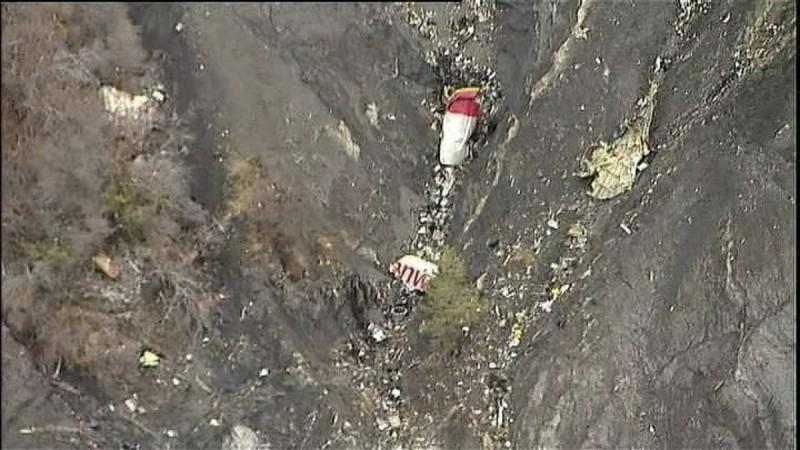
See Germanwings Airbus A320 Crash Photos
French investigators are probing a black box cockpit voice recorder (CVR) from the Germanwings Airbus A-320 to ascertain what caused the crash, while several theories are doing the rounds.
Investigators and aviation experts are puzzled over why the aircraft crashed into a mountain in the southern Alps without the crew sending out a mayday or distress signal despite flight 4U9525 rapidly losing altitude for full eight minutes.
However, the most perplexing question seems to be, why did the pilot did not change the course to avoid smashing into a rocky terrain at a speed of around 700kmph?
The French police have told France24 that they have "little information" on the cause of the crash and they would not like to speculate.
The fact that the plane was still in good condition, the weather was fine and now with US security officials assuring that there was no indication of a terrorist activity, the aviation experts are looking at other angles.
Mechanical failure caused the crash
The most-talked about theory that seems to be emerging is that a mechanical issue caused Germanwings Flight 9525 to crash in the French Alps on Tuesday .
Aviation expert Karl Moore pointed out that the jet's drastic descent can be blamed as the pilot's error; however, he said it was likely that a mechanical problem brought the plane down. "My sense is that it was probably a mechanical failure," Moore told CTV News channel.
Pilot lost both engines
Aviation training expert Phil Durdey said preliminary information available on Tuesday indicated that the plane lost altitude at 3,500 feet per minute, 1,500 feet per minute faster than the normal descent rate.
"If [the pilot] lost both engines, that could be a significant problem to have," Durdey told CTV News channel.
Angle-of-attack sensors
US-based aviation lawyer and pilot Arthur Alan Wolk, on the other hand, believes that a problem that commonly affects the Airbus may have caused flight 4U9525 to crash.
"If there was no foul play, then this looks like another example of the angle-of-attack sensors in the front of the airplane being iced over and closing the autopilot that caused this airplane to go pretty much straight down," Wolk told Fairfax Radio 3AW.
Wolk noted that it was the same problem that caused the Air France Flight 447 crash in 2009. As many as 228 were onboard the flight.
The problem is a serious one, he observed. "[As]...the crew can't get up to pull the circuit breaker on the autopilot and the other electronics without leaving their seat, so there's nothing in front of them, nothing handy for them to address this problem and make it go away," he said.
There were a total of 150 people onboard flight 4U9525 that includes 144 passengers and six crew members. Authorities said 67 German nationals, 45 Spanish, two Australians and one person each from the Netherlands, Turkey and Denmark were among the victims. The Japanese government said two of their citizens were also on the ill-fated plane. The passenger manifest included two babies, Germanwings said.
A German official said that a group of 16 German high school students and two teachers, who were returning from an exchange in Spain, were also onboard the flight. They hailed from the town of Haltern am See and had been visiting a school about 45 minutes from Barcelona.

















